Carl Timoleon von Neff
Carl Timoleon von Neff, also Timofey Andreyevich Neff (Russian: Тимофей Андреевич Нефф, 14 October [O.S. 2 October] 1804 – 5 January [O.S. 24 December 1876] 1877) was a Russian Imperial artist of Baltic German descent.
Carl Timoleon von Neff | |
|---|---|
 Carl Timoleon von Neff | |
| Born | 14 October 1804 |
| Died | 5 January 1877 Saint Petersburg, present-day Russia |
| Nationality | Baltic German (born in present-day Estonia) |
| Education | Member Academy of Arts (1839) Professor by rank (1849) |
| Movement | Academism |
Biography
Carl Timoleon von Neff was born at a manor house in Neu-Isenhof (Püssi), Russian Empire, in what is today eastern Estonia, but was then a part of the Russian Empire as the Governorate of Estonia, in 1804. His mother was a French governess at the estate; he was an illegitimate child. He began studying art in Estonia under the tutelage of Karl von Kügelgen and continued at the Academy of Arts in Dresden, present-day Germany. He graduated from there in 1825. Following his graduation, he travelled and divided his time between his native Estonia, Italy and Saint Petersburg, the Imperial capital. In St. Petersburg he received a commission to paint the daughters of the emperor Nicholas I.[1]
The portrait was apparently well received as he from this time onward became tied to the court, and made a career as an artist working for the higher echelons of society. He received prestigious commissions in both St. Petersburg and abroad. In recognition for his work, especially for contributing to the artistic embellishment of several churches, he was generously awarded with different forms of official recognition, such as orders and titles. In addition, he became one of the emperor's closest advisers in questions related to art.[2] In 1846, he was made an honorary member of the Academy of Florence and after finishing the decoration of parts of the iconostasis of St. Isaac's Cathedral in St. Petersburg, was nominated to become a member of the Russian Imperial Academy of Arts.[1] Following his many successes he built an Italianate manor house to house his personal art collection in Muuga, Estonia.[2][3]
Works
As a court artist, von Neff was appreciated as a portraitist and painter of typically academical subjects which were then popular, notably odalisque-like nude bathers and nymphs. As mentioned, he contributed to the artistic decoration of Saint Isaac's Cathedral, St. Petersburg, Cathedral of Christ the Saviour, Moscow, and Helsinki Cathedral, in present-day Finland, as well as churches outside the Russian empire - e.g. in Nice, France and Wiesbaden, present-day Germany.[2] Several of his works are displayed in the Art Museum of Estonia today.[4]
Gallery
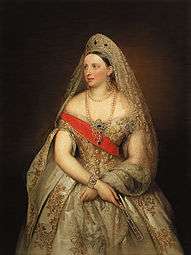 Portrait of Grand Duchess Alexandra Petrovna of Russia
Portrait of Grand Duchess Alexandra Petrovna of Russia Young Mother
Young Mother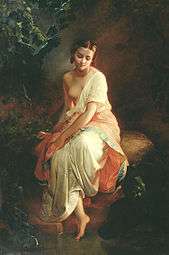 The Bather
The Bather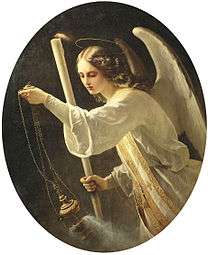 The Angel
The Angel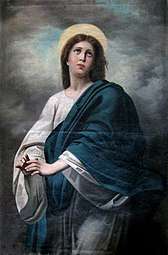
 Italian street children
Italian street children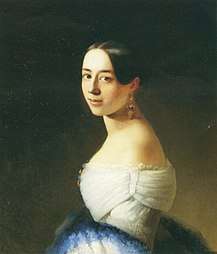
References
- Ross, Jaan. "Neff's Bildnis der Gattin". Conference on Interdisciplinary Musicology (CIM07). Archived from the original on 2013-04-03. Retrieved 2013-02-15.
- Abel, Tiina (2004). "Art Collection as a Manifesto". Estonian Institute. Archived from the original on 2013-10-05. Retrieved 2013-02-15.
- Praust, Valdo. "Muuga Manor". Estonian Manors Portal. www.mois.ee. Retrieved 2013-02-18.
- "Art Museum of Estonia". Retrieved 2013-02-15.
External links

- Works by von Neff at the Art Museum of Estonia